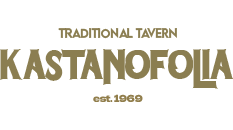
Welcome to
Elos Area
The village of Elos is located near Kasteli, Kissamos between the road that connects Chania with the beautiful Elafonisi and also near Falasarna. It is the ideal spot for a refreshing stop for coffee and breakfast in the morning or a delightful lunch under the many plane trees, giving the visitor a breath of fresh air and moments of tranquility.
The village of Elos, takes its name from the abundant waters that gather in the area, which originate from the foothills of Agios Dikaiios Job and offer coolness & abundant greenery and in the summer is an oasis for the residents & visitors on the way to Chrysoskalitissa and Elafonissi.
In the area there are many plane trees and a forest of chestnuts, in honor of which the Chestnut Festival is held in October. The area, although small, offers the visitor several attractions.
The signposted path starts from Elos, ideal for walkers and climbers, towards Mount Agios Dikaios, which with an altitude of 1180m is the highest peak in the province of Kissamos & from where on days when the sky is clear there is an amazing view around the perimeter of the area, giving the visitor the possibility to see from the Paleochora of Chania, located in the South, the nearby Elafonisi and Kedrodasos, Falasarna, all of Kissamos, Kasteli, Chania and even as far as Kythira! The church of Agios Dikaios is built on its top. The temple was built in 1870 in honor of Righteous Job (festival of May 6).
Chestnut Festival at Elos Village
Elos is the area’s largest town and the centre of the chestnut trade – hence the annual chestnut festival, usually held on the third Sunday of October. The plane, eucalyptus and chestnut trees around the main square make Elos a cool and relaxing place to stop. Behind the taverna on the main square stand the remains of an aqueduct that used to power the old mill.
Read MoreElos
The Aqueduct
In the area there are the remains of the old 400-year-old aqueduct, which has been classified as a preserved monument.
The locals say that in the past this aqueduct carried water to the whole village but also to the old mills that existed in the area, a flour mill as well as to the old olive mill whose place has now been taken by the Kastanofolia Tavern, in which you can see and part of the main part of the old aqueduct.
In addition to the stone arch of the aqueduct located in the Kastanofolia Tavern, a few meters above, going uphill towards the path that leads to Ai Dikaios there is another arch which has been covered by the plants of the area as well as the main building of the aqueduct.
The Church of Saint John the Theologian
The church of Saint John Theologian is a single nave building, covered with a barrel vault and measuring 11,20 m length by 4,46 m width. There are not any specific elements for its exact dating but according the stylistic analysis of its wall paintings, can be dated to the first half of 14th century.
The current form of the church was formed in the early 20th century after the demolition of the western wall and the addition of an expansion. At the same period a new window was created in the middle of the western wall and the built iconostasis was replaced by a wooden one. At the recent restoration works which took place by the 28th Ephorate of Byzantine Antiquities, interesting frescoes were revealed.
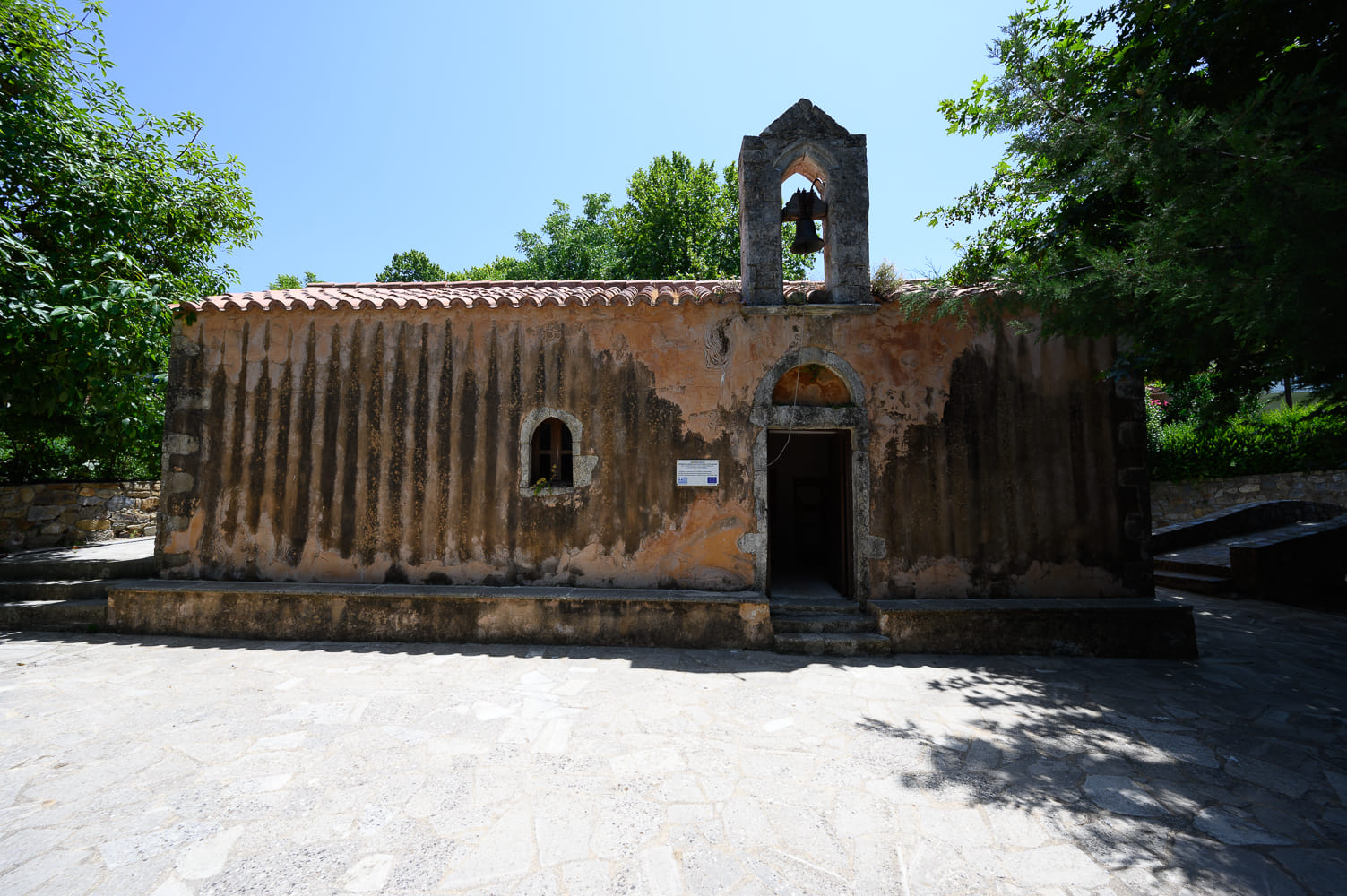
The fresco decoration dated at the first half of 14th century and includes scenes of the Christological, Liturgic and Hagiological cycle. At the semi-vault of the apsis is depicted Jesus Christ in the middle with Virgin Mary (left) and St. John the Baptist (right) in the form of Deesis and below them St. Basil and St. John Chrysostom. On the apsis The Hospitality of Abraham (symbolic representation of Holy Trinity), The Annunciation of Virgin Mary and Saints Deacons Stephanus, Romanus and Euplos can be observed. The barrel vault is decorated by scenes of Christ's Life such as The Ascension of Christ, The Nativity, The Visitation, The Baptism (Epiphany), The Transfiguration, The Raising of Lazarus, The Entry into Jerusalem, The Betrayal of Juda, Jesus Carrying the Cross, The Lamentation and The Resurrection (Anastasis).
On the south wall Saints Bishops Gregorius, Athanasius, Cyril of Alexandria, Saint Michael and Saints Constantine and Helen and the local Saint John the Hermit can be seen, while on the north one Saint Nicholas and Saint Eleutherios are been depicted. In bad condition of preservation can be traced Saint Mamas, Demetrius, George and Irene.
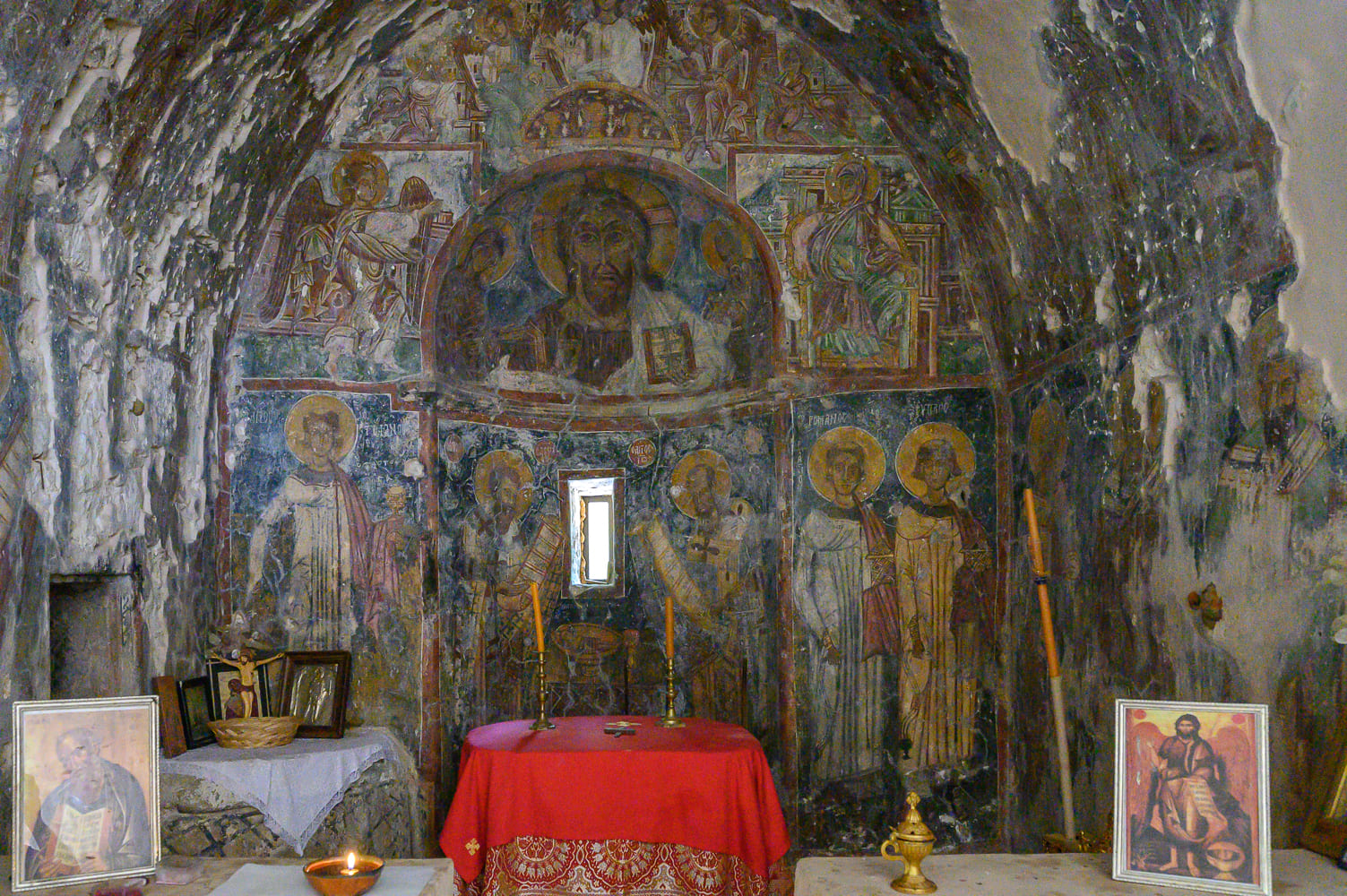
The aesthetic & iconographic perceptions of the frescoes emphasize the importance of the monument as one of the very representative & significant sample of byzantine art as it was formed in western part of Crete during the 14th century. Additionally, the decorative program which was uncovered after the preservation works can be attributed to the famous west Cretan painter, loannes Pagomenos, adding thus the church to the long list of the monuments painted by that important artist.
Church of Agios Ioannou
In the center of the village of Elos is the single-aisled, arched church of Agios Ioannis the Theologians with important fresco decoration. The wall painting is attributed to Ioannis Pagomenos, a well-known painter of western Crete.
News & Events
Chestnut Festival
The Chestnut Festival is inextricably linked to Elos, as it has been organized with great success in the beautiful village of Kissamos for decades. The first celebration was organized in 1969 by Antonios Bandourakis, then Vicar of the area, where approximately 10,000 people gathered.
The celebration has as its center Cretan culture, Cretan tradition, local musical culture and of course the Chestnut, where the visitor can try recipes from Cretan chefs with the chestnut as the main ingredient. Of course, the events include musical events as well as speeches about the region and its traditions. Of course, local products, tsikoudia, wine and also plenty of chestnuts are offered.
In our Tavern you will also find the traditional chestnut liqueur, of our own production.
CONTACT US




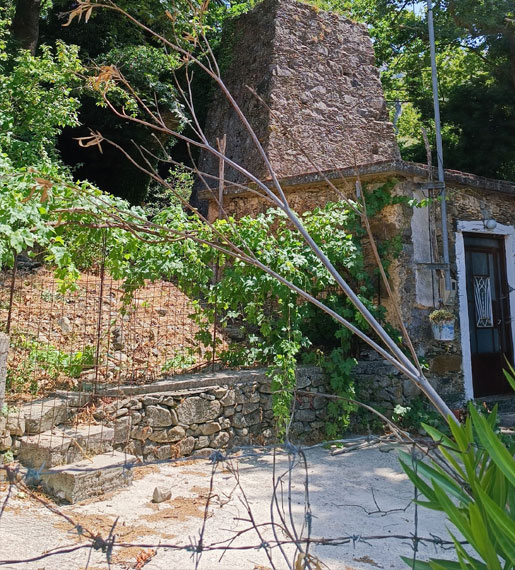
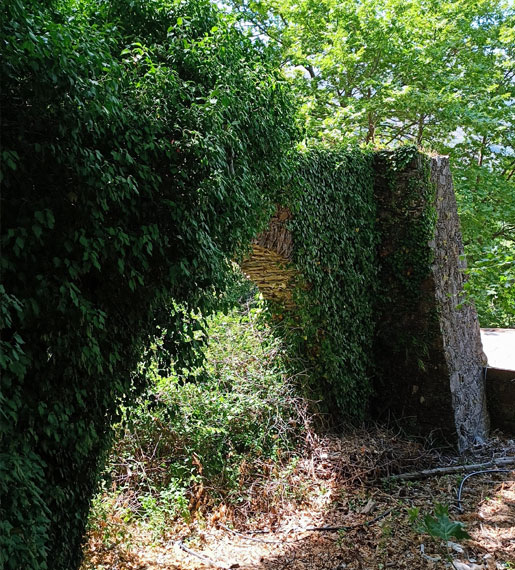
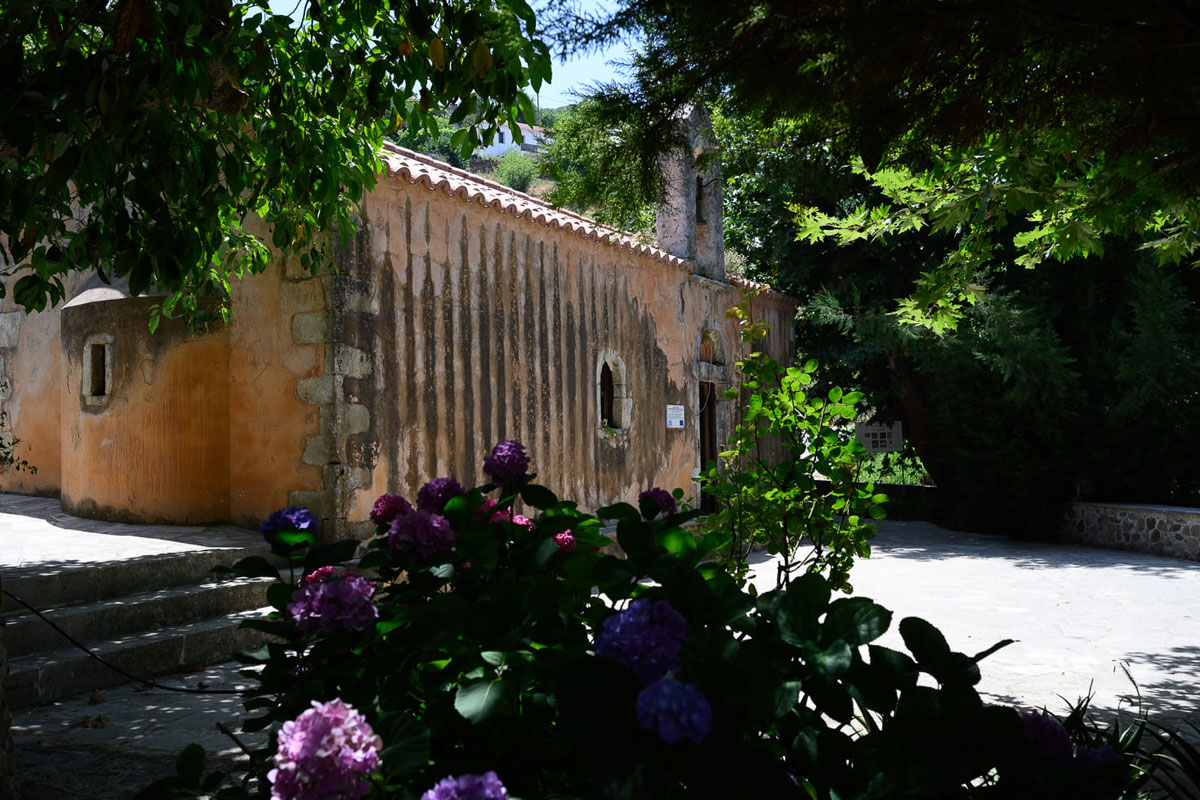 The Church of Saint John the Theologian
The Church of Saint John the Theologian



